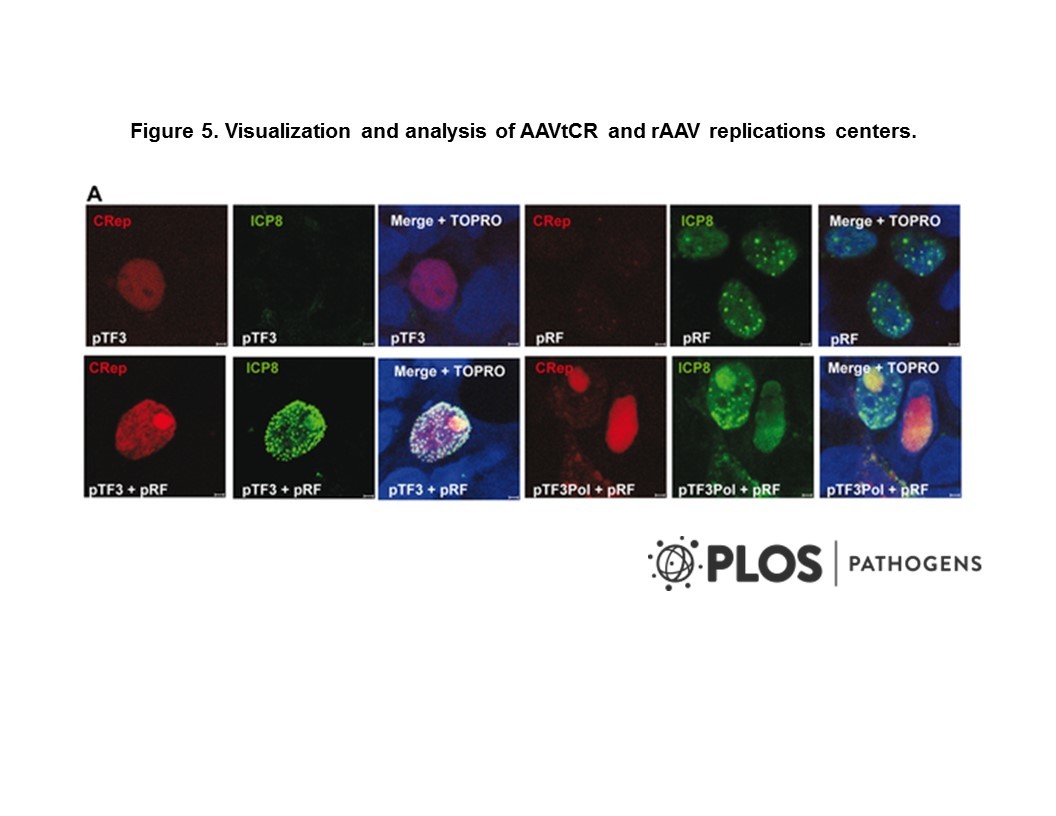
Cat. #158388
p110beta PI3K-D931A (129)
Cat. #: 158388
Sub-type: Mouse
Availability: 6-8 weeks
Model: Knock-In
This fee is applicable only for non-profit organisations. If you are a for-profit organisation or a researcher working on commercially-sponsored academic research, you will need to contact our licensing team for a commercial use license.
Contributor
Inventor: Bart Vanhaesebroeck
Institute: Ludwig Institute for Cancer Research
Tool Details
*FOR RESEARCH USE ONLY
- Tool name: p110beta PI3K-D931A (129)
- Tool sub type: Mouse
- Model: Knock-In
- Genetic background: Knock-in mice in which the endogenous PIK3CB/p110beta PI3K gene is mutated so that it now encodes a p110beta protein with the D931A mutation in the ATP binding site, converting it to a kinase-dead p110beta protein which is expressed at the same level as wild-type p110beta. These mice have been backcrossed onto the sv129 background.
- Phenotype: Mice show prenatal partial lethality at at different embryonic stages (see PMID 26132308 for details). Homozygous male mice that are born are infertile with smaller than normal testicles. They cannot produce offspring.
- Production details: Knock-in mice in which the endogenous PIK3CB/p110beta PI3K gene is mutated so that it now encodes a p110beta protein with the D931A mutation in the ATP binding site, converting it to a kinase-dead p110beta protein which is expressed at the same level as wild-type p110beta. These mice have been backcrossed onto the sv129 background.
- Additional notes: Mice show prenatal partial lethality at at different embryonic stages (see PMID 26132308 for details). Homozygous male mice that are born are infertile with smaller than normal testicles. They cannot produce offspring.
Handling
- Shipping conditions: Embryo/Spermatoza- Dry Ice
Target Details
- Target: PIK3CB
References
- Guillermet-Guibert et al. 2015. PLoS Genet. 11(7):e1005304. PMID: 26132308.
- Kulkarni et al. 2011. Sci Signal. 4(168):ra23. PMID: 21487106.



